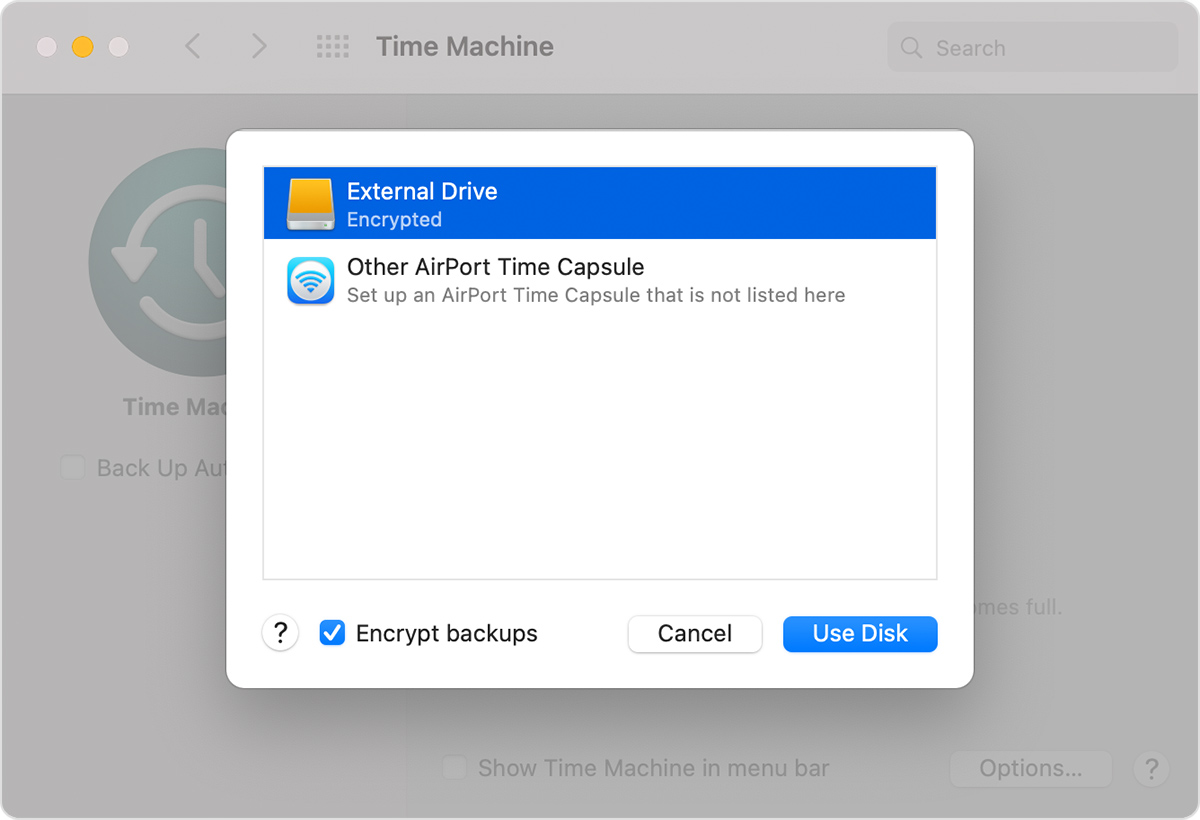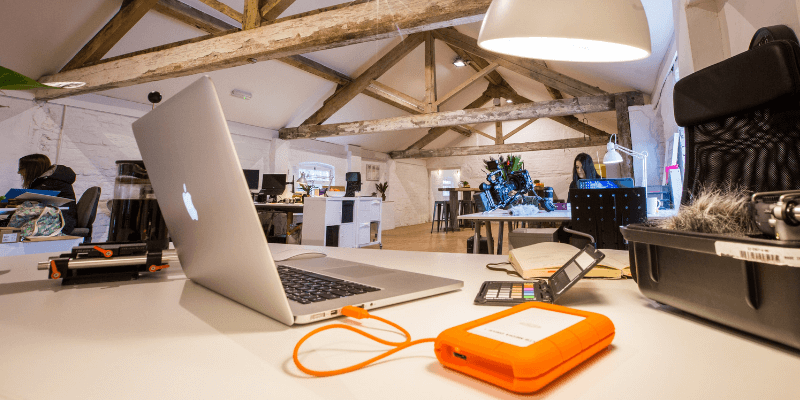


Be careful you don’t accidentally make any other changes.
#HOW TO SET UP AN EXTERNAL HARD DRIVE FOR MAC MAC#
If you have an existing Mac and want to shift user files to a higher-capacity drive:.Follow the instructions below to point your user’s directory location to the other drive.Copy your user directories to the other drive.

When complete, create a new account with the same name and details as the user account or accounts you want to host on the other, higher-capacity drive.Use Migration Assistant to move everything from your old Mac, Time Machine backup, or clone to your new Mac except your user files.Set up a new account on your new Mac as a placeholder, which will also act as a backup administrator account in case anything goes wrong with the other drive.If you’re upgrading to a new Mac, and you can’t migrate your entire existing Mac to the system volume’s capacity as described above:.How you start this split depends on where you’re starting from: USB 3.0 or 3.1 will be fast enough for user files with an hard drive or hybrid drive, as well as for an SSD for the system drive. For an hard drive, try to get a 7200-rpm drive. On the highest-tier iMac, pick a 256GB SDD (also just $100 more than the 1TB Fusion drive) for the system and use an external high-capacity drive for user files.Ĭheck around for options for external drives, as prices can vary by large factors. On the two lower-end iMacs, opt for a 1TB Fusion drive (a $100 upgrade), and hold user files there, while using an external lower-capacity external SSD for your system. With an iMac, you’ve got options depending on which model you choose. Then you attach a high-capacity external drive (SSD, hybrid, or even a fast hard drive) for your user files, which would include music and photos. With a Mac mini, the two standard configurations come with a 128GB or 256GB SSD, which you use to storage macOS. Then, to get the most out of the speed of the SSD in the Mac mini or iMac, you can split your system and apps to one drive, and your user files to another. If the prices for high-capacity SSD upgrades for the Mac mini and iMac make you balk, you can get a more affordable external USB 3 or Thunderbolt 3 hard drive.

However, both Macs support high-performance USB 3 and Thunderbolt 3, and you can use this help offset the costs of getting more storage. While they offer fast speeds, solid-state drives (SSDs) are still pricey, and your costs can suddenly increase if you want to boost the storage when buying a Mac mini or an iMac.


 0 kommentar(er)
0 kommentar(er)
